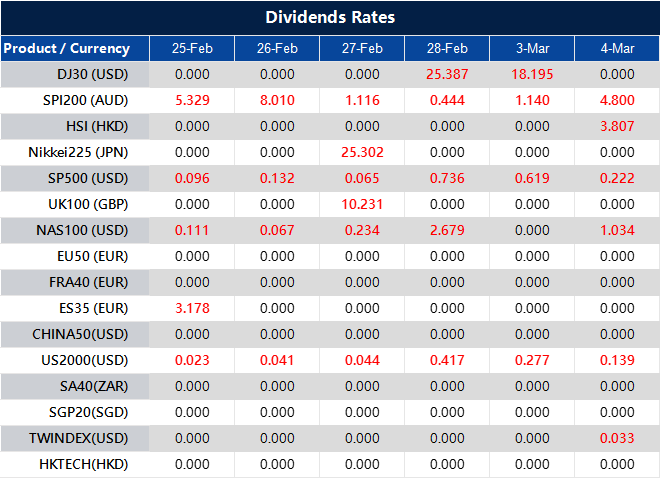Gold prices in the United Arab Emirates decreased on Tuesday, with the cost at 347.03 AED per gram, down from 348.44 AED on the previous day. The price for Gold per tola fell to 4,047.66 AED, from 4,064.09 AED the day before.
Current gold prices in AED include 3,470.30 AED for 10 grams and 10,793.77 AED for a troy ounce. Gold prices are adjusted from international prices to local currency and measurement, updated daily based on market rates.
Central banks are major gold holders and bought 1,136 tonnes worth around $70 billion in 2022, the highest annual purchase on record. Factors influencing gold prices include geopolitical instability, interest rates, and movements of the US Dollar.
Gold has dropped slightly in the United Arab Emirates since Monday, and if we look at both per gram and per tola prices, the downward movement is clearly visible. A shift of just over one dirham per gram may not seem much at first glance, but it can add up for larger volumes. At 10 grams, that’s around 10 dirhams less, and for a whole ounce, the adjustment means nearly 15 dirhams lower than the previous day.
The reason gold prices in the UAE move the way they do is not just down to international markets. Local adjustments are made based on exchange rates and small fluctuations in demand and supply. However, the broader trends are set by global factors. Central banks continue to be major buyers, with their stockpiling habit well established. In 2022 alone, these institutions picked up over a thousand tonnes of gold, and that level of demand plays a part in long-term pricing.
What really sways gold on any given day, though, is a combination of interest rates, geopolitical uncertainty, and, crucially, the US Dollar’s movement. When investors see greater risks in the economy, gold tends to do well. If central banks hold interest rates higher for longer, gold often faces pressure because other assets that offer interest look more attractive. And since gold is priced worldwide in US Dollars, when that currency rises against others, gold becomes more expensive internationally, sometimes pushing demand down.
For those involved in future contracts or gold-linked derivatives, keeping an eye on upcoming statements from policymakers will be necessary. Interest rate decisions remain one of the biggest forces in the gold market. If inflation pressures remain high, central banks may avoid rate cuts for longer than traders expect. That would mean gold might struggle to rise sharply. If central banks indicate they’re ready to ease policies sooner, gold could find stronger support.
In practical terms, traders who are active in gold options or futures need to consider volatility when making their next moves. With price shifts tied to central bank actions and currency changes, short-term strategies will require close attention to market news. Ensuring stop-losses are set wisely and keeping risk management tight will be necessary over the coming weeks. The trends seen so far suggest that any sudden changes in the price of gold will likely be guided by rate expectations and investor sentiment, more than just supply and demand alone.












